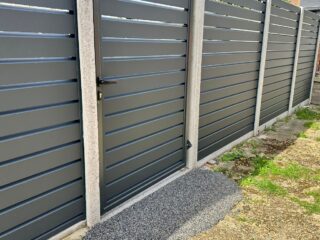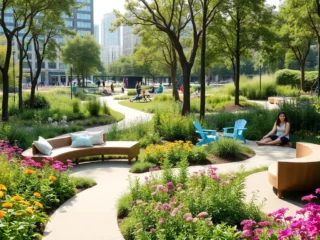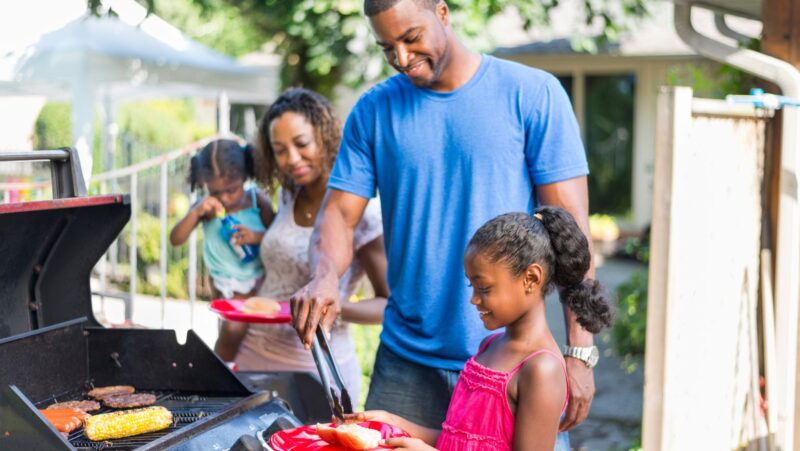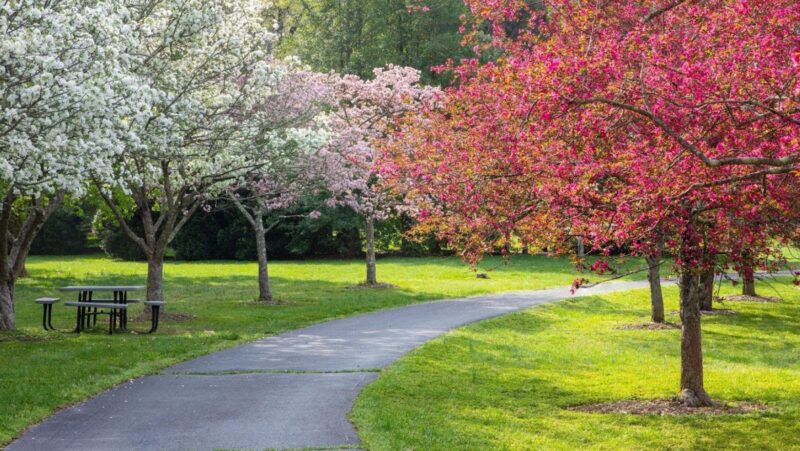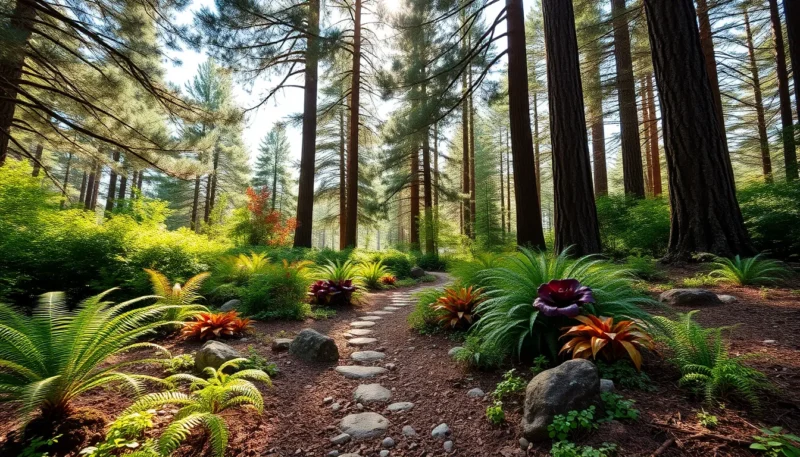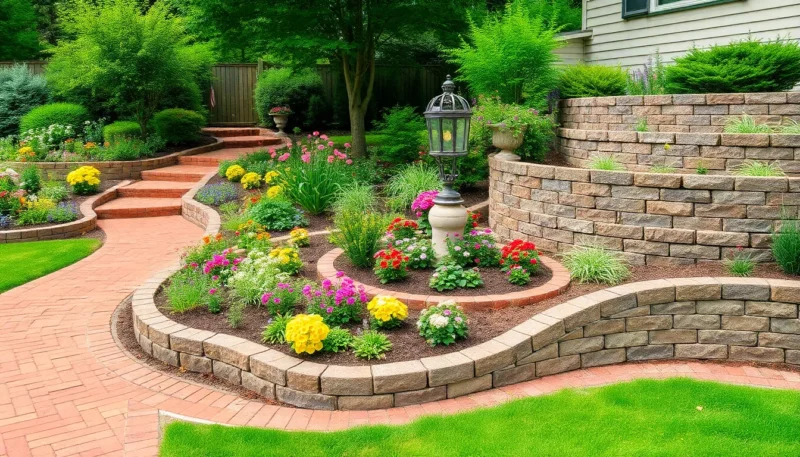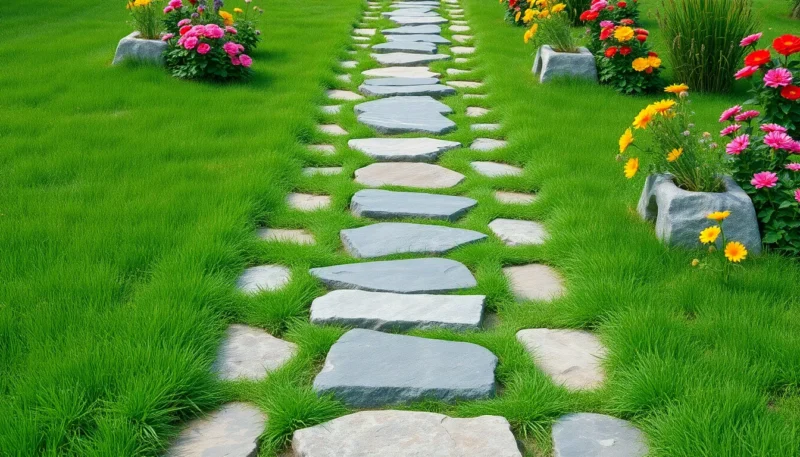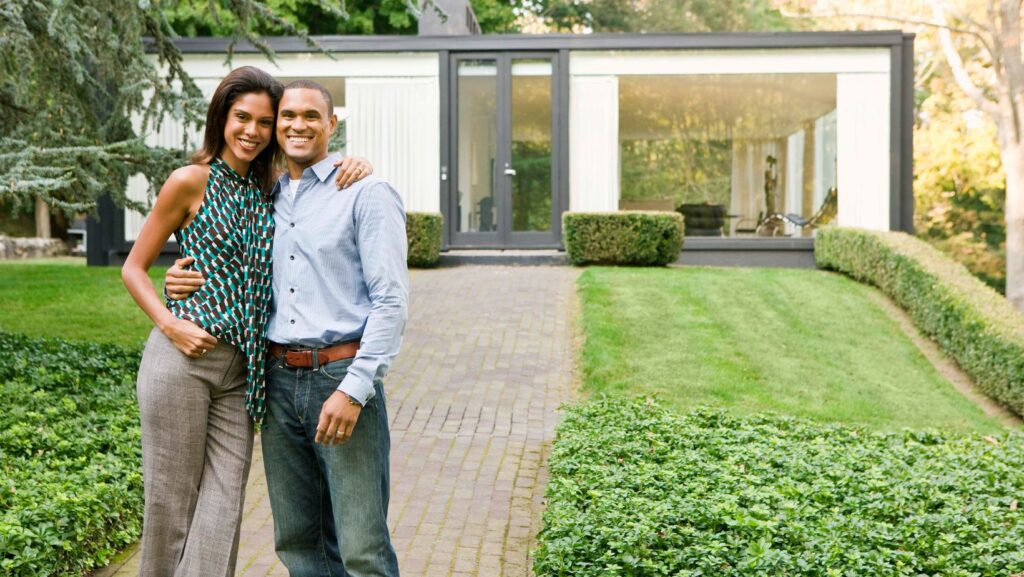
It can be exciting to start planning what your home’s exterior will look like; adding a personal touch to the plants and decorations in the yard can make your house truly feel like a home. You may not want to get started right away without planning and research, however. Regardless of what type of plans you have for your landscaping, you’ll want to avoid the very common mistakes that homeowners make when they dive into the process without a solid plan.
Overcrowding Plants
There are so many beautiful plant and tree species, it can be difficult to narrow down your choices when planning your garden. This often leads to overcrowding, which can lead to plant disease or death due to competition for nutrients and space. Overcrowding can also make a space look too busy and disrupt the overall style you’re going for. Ensure you research the competitiveness of a plant before combining it with others. Opt for layering different heights, colors, and styles, but you don’t need to fill in every single square centimeter of a landscaping bed. Plants need room to grow and thrive!
Trees Close to the Structure
Trees tend to have complex root structures that can expand far beyond the trunk. Larger tree root systems and tall trees can damage the structure of your home when they’re too close, including damage during storms or when their natural growth touches the structure. Unless you’re planting smaller trees with more shallow root structures, like Japanese maples, ensure your trees are a decent distance away from your home. You’ll typically want to plant 15 to 20 feet away to be safe. You may be able to grow smaller species closer; research the tree you’re thinking of first.
Insufficient Room for Enjoyment
It’s easy to get lost in planning different garden themes and flowerbeds, but you won’t get much use out of it if you don’t have a dedicated spot to enjoy it all. When you’re planning different themes and styles, don’t forget to include enough space for a deck or patio. A dedicated deck space will allow you to relax and overlook the hard work you put into your landscaping design. You may not be able to fully entertain or enjoy the space when there isn’t enough room, especially if you plan on cooking outside or installing a pool. Consider getting quotes from local deck builders about their rates and size options; you may find a wider range of options compared to those offered by corporate or big-box stores. Searching for the term ‘deck builder near me’ on Google can be a great starting point. You may need more room than you think if you plan on entertaining large groups or expanding in the future. Don’t limit yourself.
Inadequate Drainage
Plants will require a regular irrigation schedule, especially during periods of extreme dryness. No matter how you decide to water your landscaping, there can be excess that will pool on the ground if you’re not careful. Rain can also exacerbate this issue. Your land must be well-drained to avoid drowning your plants, rotting their roots, or inviting fungi into the damp environment. Depending on your property’s elevation, you’re going to want to make sure you use gravel, dry wells, rain gardens, French drains, or other methods to make sure your yard doesn’t flood when it rains or when you irrigate.
Ignoring Climate and Sun Exposure
Plants may look beautiful and thriving in the nursery or on the internet listing, but plants can be picky and won’t grow in every climate. Before making any major decisions, learn what type of climate you live in and the shade and sun conditions of your yard.

Forgetting Maintenance
The work isn’t over when you’ve tilled the land and planted everything. You must continue to water, trim, and fertilize your plants as needed, especially if you’re growing them in containers or unusual climates. It’s quite common for homeowners to neglect their yard maintenance, resulting in dead grass, overgrown shrubs, and branches that can endanger the home’s structure. Maintain a regular pruning and watering schedule to ensure optimal growth and development. Fertilize your container plants at least once a year with slow-release fertilizer. Monitor your trees for any dangerous branch growth. Overgrowth can affect the style of your home and attract pests.
Not Installing Lights
Garden lights illuminate your stylish landscape at night, making it perfect for enjoying cool evening weather, cooking an outdoor meal, or hosting parties outside. Even if you’re not a night owl, illumination adds curb appeal in the evening hours and helps boost security, too. Many homeowners don’t bother to install lighting, which limits their use of the space. You don’t have to go overboard; some string lights on the patio and garden spotlights will do the trick. You can even use solar lights to reduce your energy consumption and lower your bill.
Conclusion
When you come into your yard’s landscaping plan prepared, you’ll reduce the chances of mistakes when it comes to plant selection, irrigation, maintenance, lighting, and placement. Research plants before purchasing them and select a suitable location for them. Not all plants, despite their beauty, will be a good fit for your yard due to your climate, soil type, and access to sunlight. Ensure you have enough room to grow and enjoy your landscaping as well.




